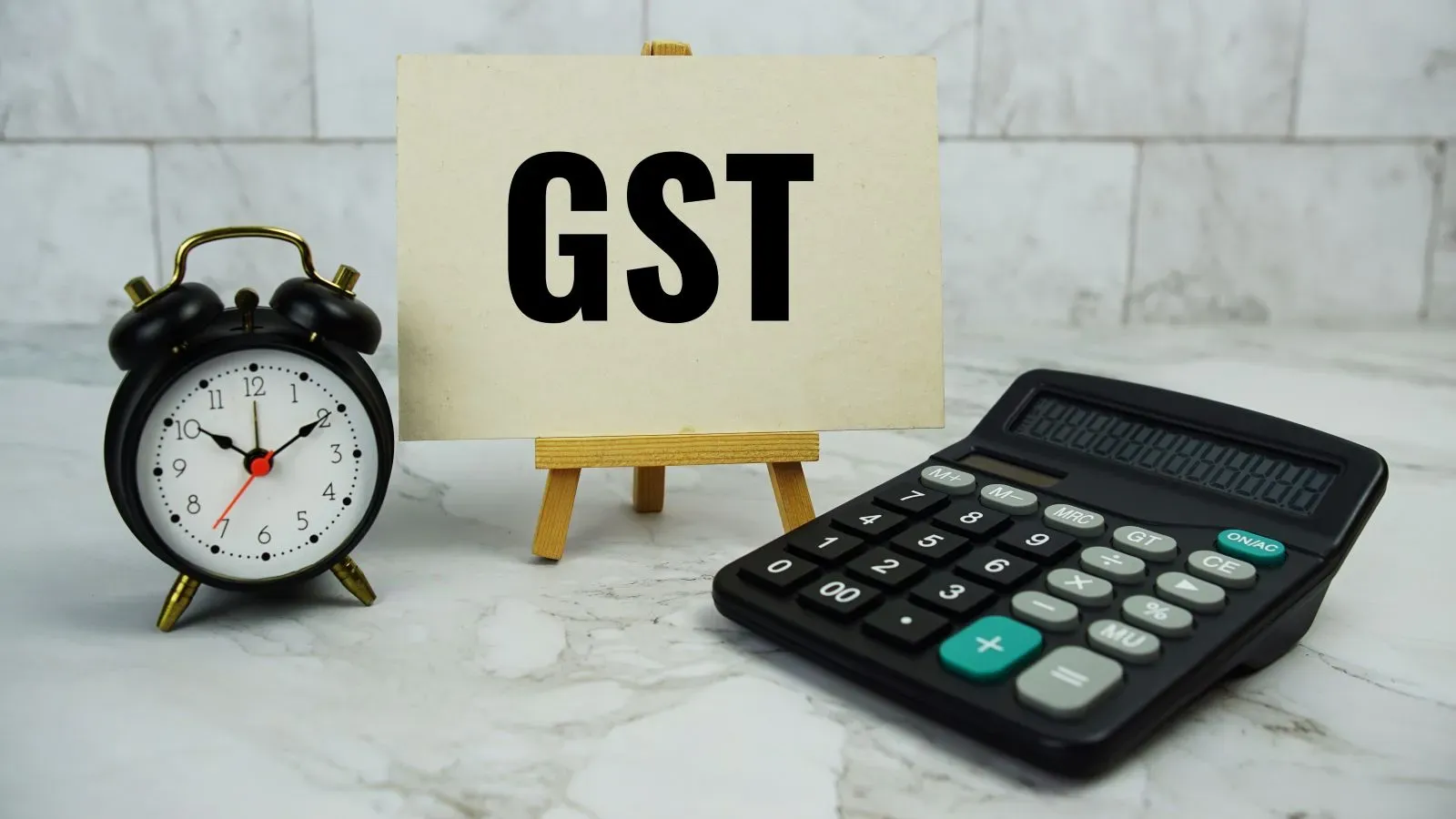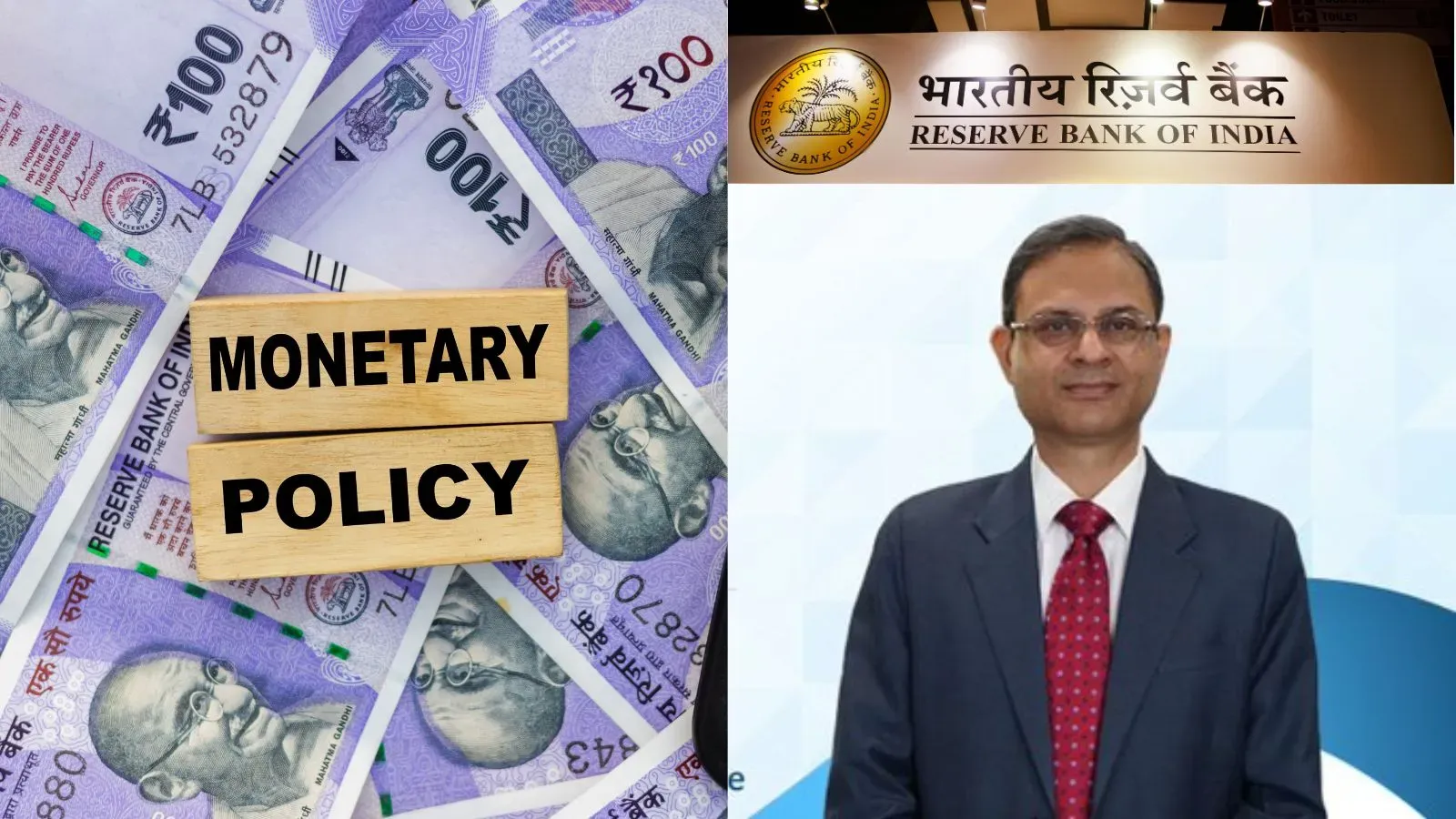Business News
Eight years of GST: Revenue mop-up doubles since 2020-21 to record ₹22.08 lakh crore in FY25
.png)
3 min read | Updated on June 30, 2025, 15:46 IST
SUMMARY
The gross goods and services tax (GST) collections touched its highest-ever level of Rs 22.08 lakh crore in 2024-25, registering a 9.4% growth over the previous fiscal year.

GST subsumed about 17 local taxes and 13 cesses into a five-tier structure, simplifying the tax regime.
India’s gross Goods and Services Tax (GST) collections have doubled over the last five years to touch a record ₹22.08 lakh crore in 2024-25, government data showed on Monday.
GST, which subsumed a host of central and state levies into a single unified tax, completes eight years of implementation on July 1. It was introduced in 2017 as a major reform to simplify the indirect tax structure and integrate the country into a common market.
According to official data, gross GST collections in 2024-25 rose 9.4% year-on-year to ₹22.08 lakh crore, with an average monthly mop-up of ₹1.84 lakh crore. The total GST collections stood at ₹11.37 lakh crore in 2020-21, indicating that revenue has nearly doubled in five years.
“This rise reflects the growing formalisation of the economy and improved tax compliance,” the government said in a statement marking eight years of GST.
The collections have shown consistent growth since the pandemic year.
In 2021-22, gross GST revenue rose to ₹14.83 lakh crore, followed by ₹18.08 lakh crore in 2022-23 and ₹20.18 lakh crore in 2023-24.
The government credited the robust growth to timely reforms, simplified procedures, and upgrades to the GST portal, which have helped taxpayers comply with ease.
A recent Deloitte report titled GST@8 described FY25 as a “blockbuster year” for the tax system.
Since its rollout, the number of active registered taxpayers has more than doubled, from 60 lakh at inception to over 1.51 crore as of April 2025.
The GST Council, the apex decision-making body comprising the Union and state governments, determines tax rates and policies under the four-tier rate structure of 5, 12, 18, and 28%.
Special rates apply to items like gold, diamonds and jewellery, while a compensation cess is levied on select goods to make up for the good states’ revenue losses from GST implementation.
The government highlighted that GST has eased compliance for micro, small and medium enterprises (MSMEs) by raising exemption thresholds, allowing quarterly return filing for smaller businesses, and simplifying procedures through the composition scheme.
GST has helped reduce the overall tax burden on goods and services, saving households around 4% on monthly expenses, according to a finance ministry study.
“Goods like cereals, edible oils, sugar, snacks and sweets now carry lower tax rates... Consumers now spend less on daily necessities,” the statement read.
Eight years on, GST continues to make everyday business easier and fairer. From helping small firms breathe easier to making groceries cheaper for families, the reform has left its mark. It has also unclogged highways and made supply chains faster,” it added.
By signing up you agree to Upstox’s Terms & Conditions
About The Author
Next Story

